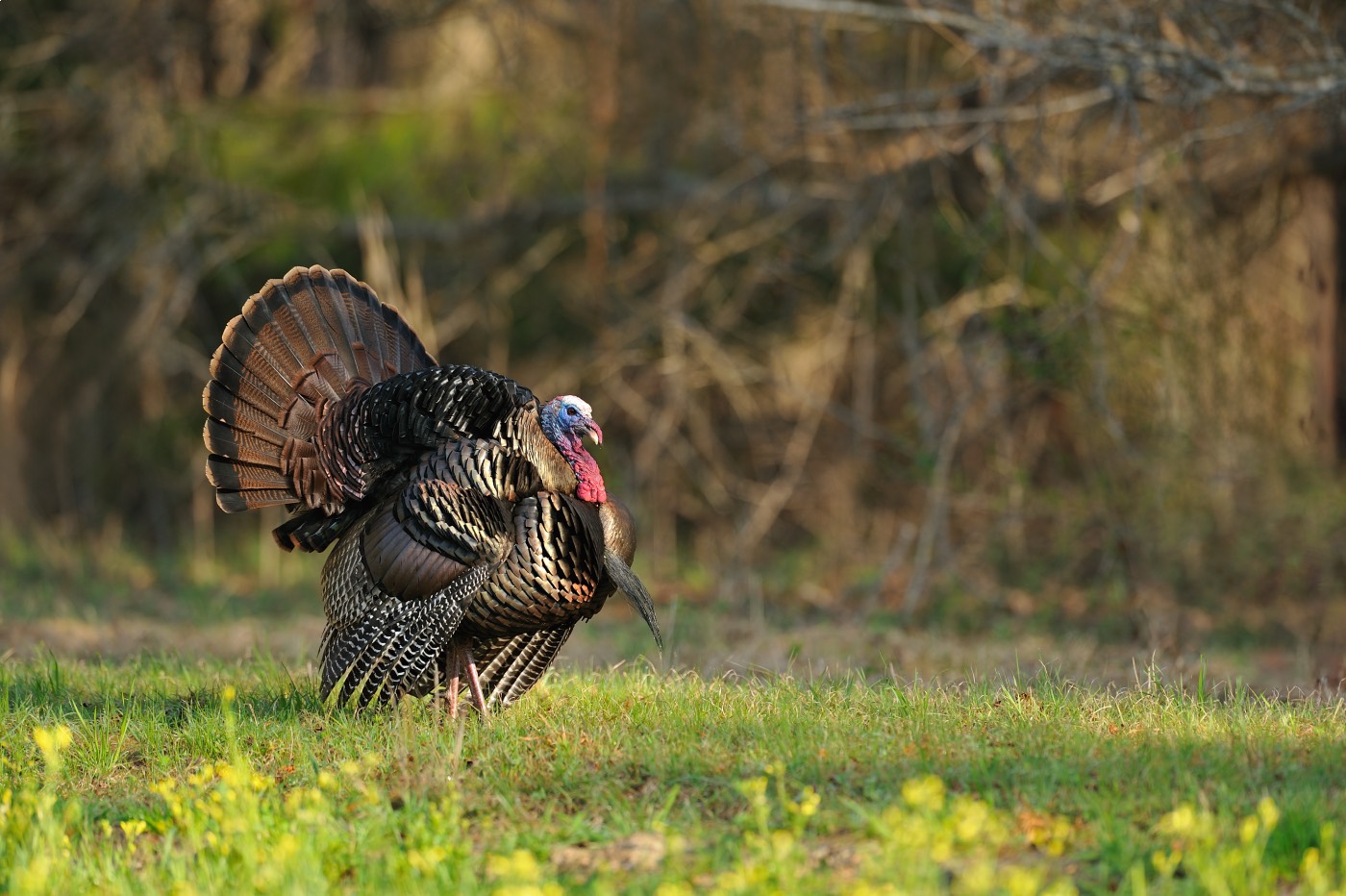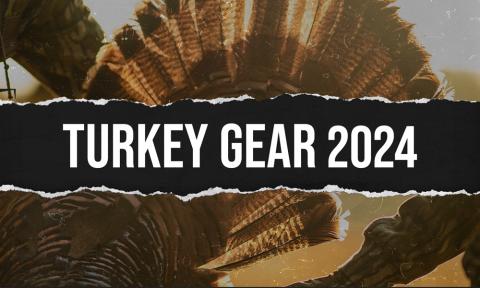
By Heath Wood
With its blend of skill, patience, and strategy, turkey hunting presents an exhilarating challenge to hunters. However, even the most seasoned hunters encounter the frustration of a 'hung up' gobbler, a bird that remains tantalizingly close yet refuses to approach.
One of my most memorable hunts involving a gobbler “hanging up” was hunting with a good friend in Missouri a day after he had tagged out. Hunting on his family farm, we had everything working in our favor until a group of hens intercepted our tom, preventing him from coming the remainder of the way to our setup. “I can see him over the hill with three hens,” said my friend. After several minutes of the tom gobbling without moving any closer, he suggested that he hang back and watch while I belly-crawled to the hill's peak to get within shooting range. I went through the damp spring grass, my soaked clothes adding a chill to my body as I inched closer to the birds. When nearing the peak, I turned my head slowly to get the ok to raise and shoot from my friend's lookout post. When he nodded his head up and down, I placed my shotgun into position, then slowly raised my body to see the tom. Immediately, his head went up after seeing the sudden movement, followed by a loud alarm putt. Yet, he wasn’t quick enough; I made the shot at twenty-seven yards on what is the largest gobbler I have taken to date: twenty-four and a half pounds, an eleven-inch beard, and one and an eighth-inch spurs.
When a turkey “hangs up,” sometimes hunters must do whatever it takes to make the harvest, even if it is belly-crawling through the cold, wet grass. Below, I explore the intricacies of this phenomenon, break down the reasons behind a gobbler's reluctance, and unveil three effective tactics to overcome this obstacle and emerge victorious in the hunt.
Understanding the Challenge
The term 'hung up' refers to a gobbler that stalls out of range, often just beyond the hunter's sight, despite responding eagerly to calls. These birds become wary and hesitant, making it exceedingly difficult to lure them within shooting distance. Several factors contribute to this behavior, including the gobbler's natural wariness, previous encounters with hunters, and environmental conditions such as a creek, river, or even a woven fence, all creating a hesitation to cross, making the tom hang up.
Tactic 1: Mimic Natural Behaviors
One effective tactic to entice hung-up gobblers is to mimic natural turkey behaviors. One of the most central reasons for a tom to stall on his way to your calling is when hens intercept between your calls and the tom’s location. When hens mess up your game plan, soft clucks and purrs emulate the sounds of another contented hen, which can reassure a hesitant gobbler and make the accompanying hens jealous, allowing the tom to be coaxed in closer. Additionally, stimulating activities like leaf raking or scratching in the leaves can create a sense of authenticity, convincing the gobbler that other turkeys are nearby and inviting him to investigate further. By tapping into the gobbler's instinctual responses, hunters can bridge the gap between suspicion and curiosity, increasing the likelihood of a successful encounter.
Tactic 2: Reposition Strategically
Often, a simple adjustment in positioning can make all the difference when dealing with a hung-up gobbler. Hunters should assess their surroundings and identify obstacles blocking the gobbler's approach. By strategically repositioning to improve visibility and proximity to the bird, hunters can create a more enticing setup that encourages the gobbler to overcome its hesitation and venture closer. This may involve moving to higher ground for better visibility or repositioning to exploit natural terrain features that funnel the gobbler toward the hunter's location. Patience and keen observation are key as hunters adapt to the ever-changing dynamics of the hunt.
Tactic 3: Utilize the Element of Surprise
Sometimes, the best approach to outsmarting a hung-up gobbler is to employ the element of surprise. This tactic involves going silent after initially engaging the gobbler with calls, creating a sense of urgency, and prompting the gobbler to seek out the source of the calls. By abruptly ceasing calls and remaining motionless, hunters can capitalize on the gobbler's natural curiosity and trigger a response that brings the bird within shooting range. When using the silent treatment, listen for natural sounds, such as a crow or woodpecker call, or use a locator call, such as the Hunters Specialties Crow Call, to shock the tom into giving up his location without letting him know where you, aka “the hen,” is sitting. This method requires discipline and restraint but can yield impressive results effectively.
Successfully outsmarting a hung-up gobbler in turkey hunting requires skill, patience, and strategic thinking. By understanding the nuances of gobbler behavior and employing proven tactics such as mimicking natural behaviors, strategically repositioning, and utilizing the element of surprise, hunters can overcome this formidable challenge and succeed in the field. With perseverance and adaptability, hunters can turn the tables on even the most cautious gobblers, transforming a frustrating encounter into a thrilling triumph.




























